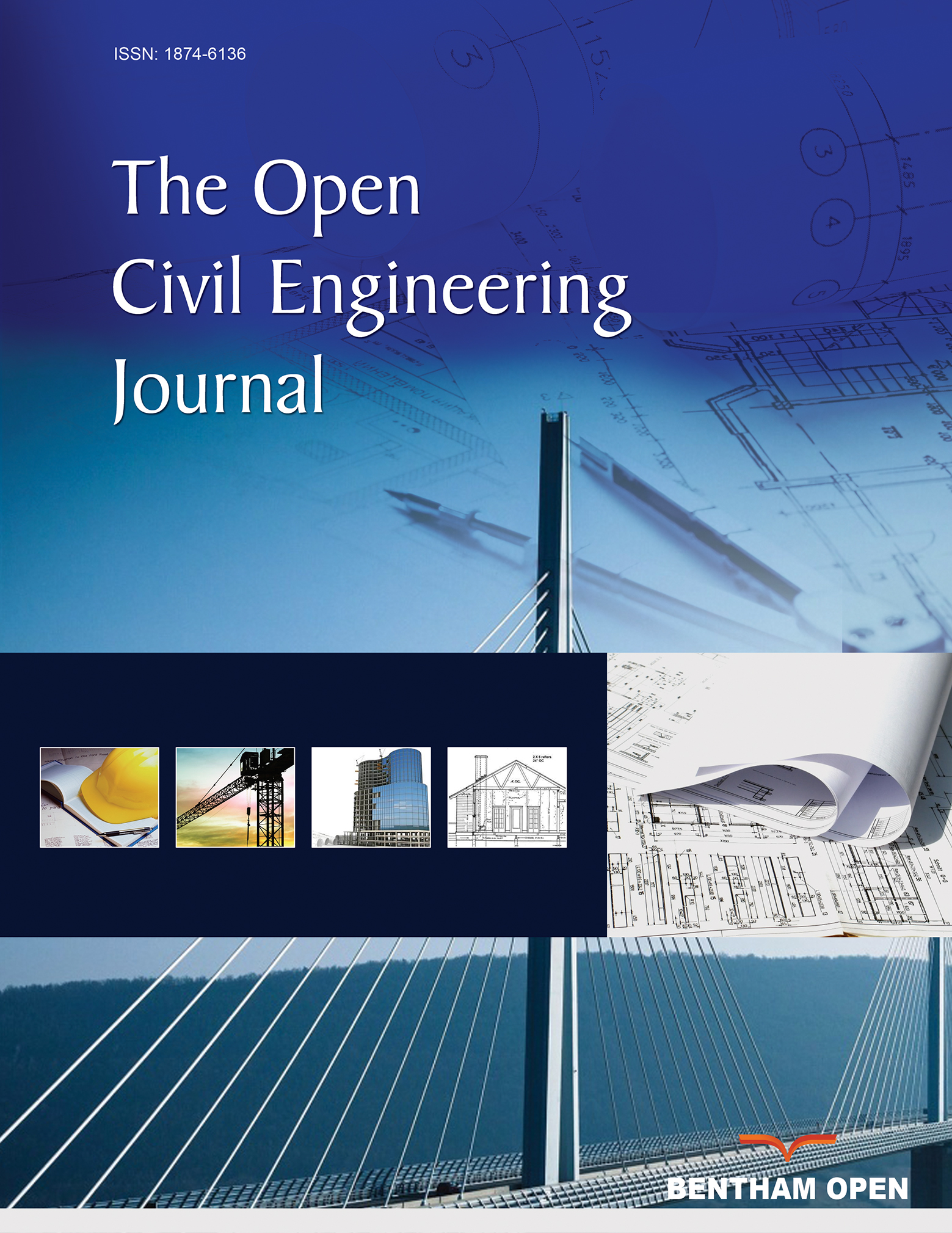All published articles of this journal are available on ScienceDirect.
Optimal Design of Micro-Seismic Monitoring Array and Seismic Source Location Estimation for Rock Slope
Abstract
For the purpose of getting a better understanding on failure mechanism of rock fracturing due to construction perturbation inside the rock slope at the right bank of Dagangshan Hydropower Station, southwest of China, a highprecision microseismic monitoring system was installed and source location data has preliminarily been investigated. The optimal design of microseismic monitoring network, especially the sensor array was investigate based on P method and Powell algorithm. The positioning accuracy of the system has been adjusted according to the artificial fixed blasting tests. The testing results show that the error in localizing microseismic source is less than 10 m within the scope of the sensor array, indicating that the positioning accuracy for the monitoring system deployed at the right bank slope is high. Signals from 255 microseismic events with moment magnitude ranging from -1.8 to -0.4 were recorded during the 2-month monitoring period. The cluster distribution of microseismic events such as the concentration of microseismicity inside the drainage tunnel at 1081 m level can directly reflect the construction progress. The present study has significantly improved the understanding of the characteristics of the failure associated with excavation inside the rock slope. It will greatly benefit the prediction on potential sliding areas and support to prevent hazards during construction phases.


